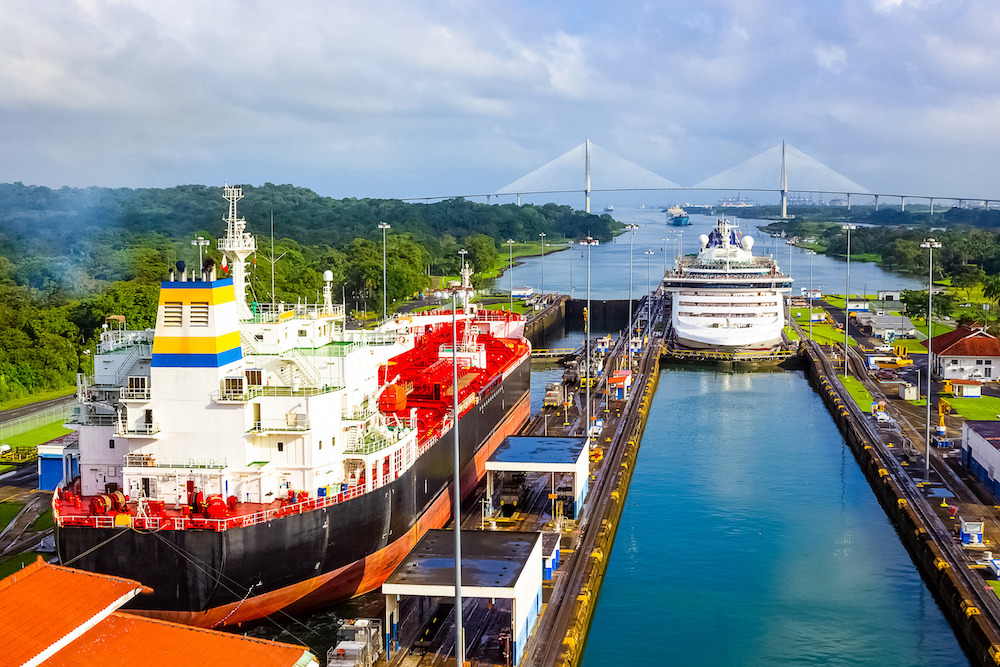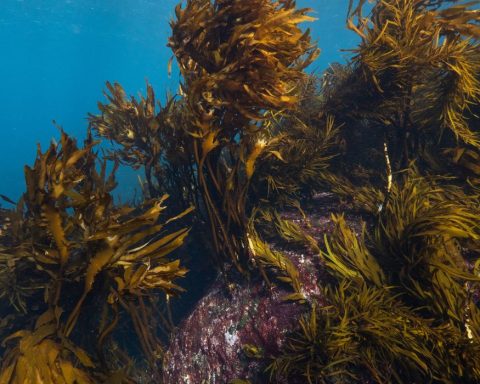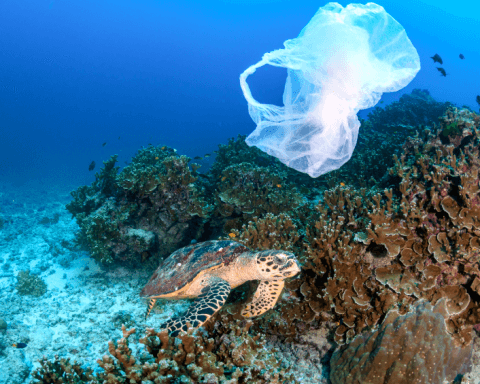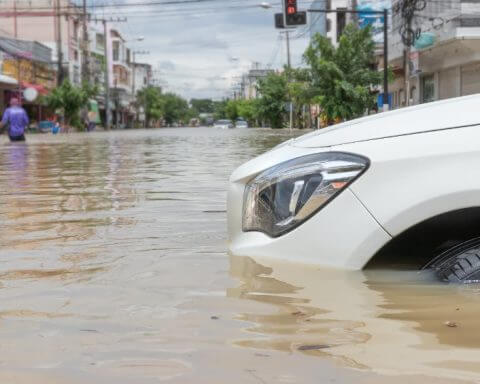After one of the driest years on record wreaked havoc on the Panama Canal, officials there had a few things to celebrate this month.
First, it was a birthday: 110 years since the first ship transited through the dredged passageway in the Central American country, changing the way marine traffic moves around the world forever. Second, after a prolonged drought that caused dramatic delays to global shipping, the Panama Canal was back to “normal” – accommodating for up to 36 transit slots per day, up from a low of 22 transits in December.
The Panama Canal traffic jam dominated the business news for months in 2023 and early 2024, shedding light on how goods move around the world and demonstrating the far-reaching effects of volatile climate patterns. At its height last summer, some 135 ships were waiting for passage through the 82-kilometre waterway that connects the Atlantic and Pacific oceans, 50% more than would typically be queued up. The bottleneck had huge implications for global trade, as tankers carrying poultry or grains sat idle in the sea, or companies such as Cheniere Energy, an exporter of liquefied natural gas (LNG), opted to use longer shipping routes.
For Ricaurte Vásquez Morales, the canal’s administrator, the lessons learned during the drought have readied the Panama Canal Authority (PCA) for more storms. Because more are coming. “PCA will be prepared for another drought that we are timing in the next four years,” he said during a virtual roundtable discussion on Monday with international journalists. “Bear in mind that we had a drought in 2016, 2019 and then 2023. So the frequency is faster now.”
October 2023 – the driest October since 1950 – saw a 41% drop in rainfall, which researchers have tied to El Niño. “We remain rainfall-dependent,” Vásquez Morales said. “So we have to be very creative in the way we use all the other elements, that we take every drop of water to the maximum utilization possible.” That means accommodating the same cargo volume with fewer transits, by using larger ships.
The Financial Times reported that food commodities and some LNG customers are not returning to the Panama Canal because of the disruptions. The canal is “playing with the idea” of auctioning off long-term slots, Vásquez Morales said, to offer customers, who have little latitude when it comes to schedules, added certainty.
Bigger picture, PCA is also considering building a contentious multipurpose US$1.6-billion reservoir, damming the nearby Indio River, to increase water storage capacity and meet the demands of human consumption and marine traffic.
The Panama Canal connects 180 maritime routes, reaching 1,920 ports in 170 countries. Some $270 billion in cargo moves through it every year, including 40% of U.S. container traffic. It uses water that accumulates in two reservoirs to usher ships through its locks-based system. In 2023 and part of 2024, those reservoirs saw water levels plunge due to the protracted drought. Panama is now in its rainy season, which is helping to fill up the man-made lakes again. By the end of November, the PCA will know where it stands going into the dry season and what it has to do to adjust.
RELATED
To take on floods and droughts, we have to stop fighting water and start embracing it
With wildfires and droughts, the global water emergency is in plain sight
Why this Canadian-owned copper mine is facing fierce opposition in Panama
“From an operational standpoint, we have a better grasp and more data on how to handle water capabilities,” Vásquez Morales said.
The drought also exposed the intersection of competing interests for a resource as precious as water. The canal, which generates billions of dollars for Panama every year, has to manage its water usage against the needs of a growing local population, as well as agricultural and mining demands.
But more work needs to be done to understand and meet the needs of the local community, Vásquez Morales said. Some local farmers have expressed opposition to the reservoir expansion project over concerns it will flood their land. He said the issue is now very much at the forefront of political concerns in the country.
“We are not complacent. There have been challenges this year, and there will be new challenges next year,” he said. “But something that we have proven to the world is resilience in order to take challenges as a consequence of events we cannot control. That includes rainfall and geopolitical events.”







